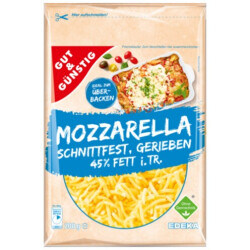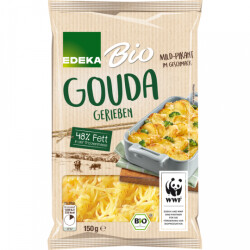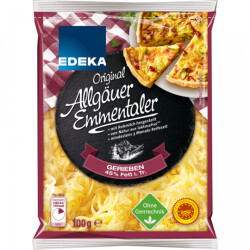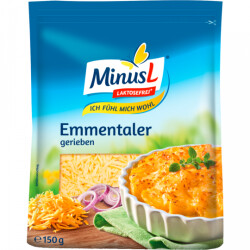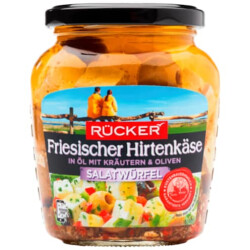Grated cheese - a must-have in the kitchen
Why grated cheese belongs to kitchen basics
Grated cheese is a versatile and delicious ingredient in many dishes. Whether on pizza, in casseroles, or as a topping for salads - grated cheese provides a tasty flavor and makes many dishes perfect. But it's not just the taste that speaks for grated cheese, but also the easy handling and long shelf life.
Which types of cheese are suitable for grating?
Not every cheese is suitable for grating. Generally, cheese with a higher fat content should be chosen, as it does not crumble when grated and has a better consistency. For example, Parmesan, Gouda, Emmental, or Cheddar are ideal for grating. But other types of cheese can also be grated and used to refine dishes.
Parmesan - the classic among grated cheeses
Parmesan is probably the most famous grated cheese. It has a strong flavor and is perfect as a topping for pasta dishes or to refine soups and stews. Grated Parmesan has a fine consistency and is long-lasting.
Gouda and Emmental - mild and delicious
Gouda and Emmental are mild cheeses that are also suitable for grating. They have a soft consistency and a mild, slightly nutty flavor. Grated Gouda or Emmental is particularly good for gratinating dishes or as a topping for salads.
Cheddar - the spicy all-rounder
Cheddar is a spicy cheese that is suitable for both grating and cutting. Grated Cheddar has a strong flavor and is perfect for gratinating dishes or to refine soups and stews.
How is grated cheese best stored?
Grated cheese should always be stored airtight in the refrigerator. This way, it remains fresh for a long time and does not lose its taste. It is best to portion grated cheese in an airtight container immediately after purchase and store it in the refrigerator.
Conclusion
Grated cheese is a must-have in every kitchen. Whether Parmesan, Gouda, Emmental, or Cheddar - each cheese brings its own flavor and consistency. Grated cheese is versatile and adds that certain extra to many dishes.
